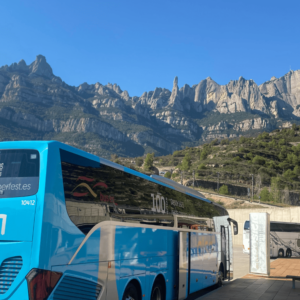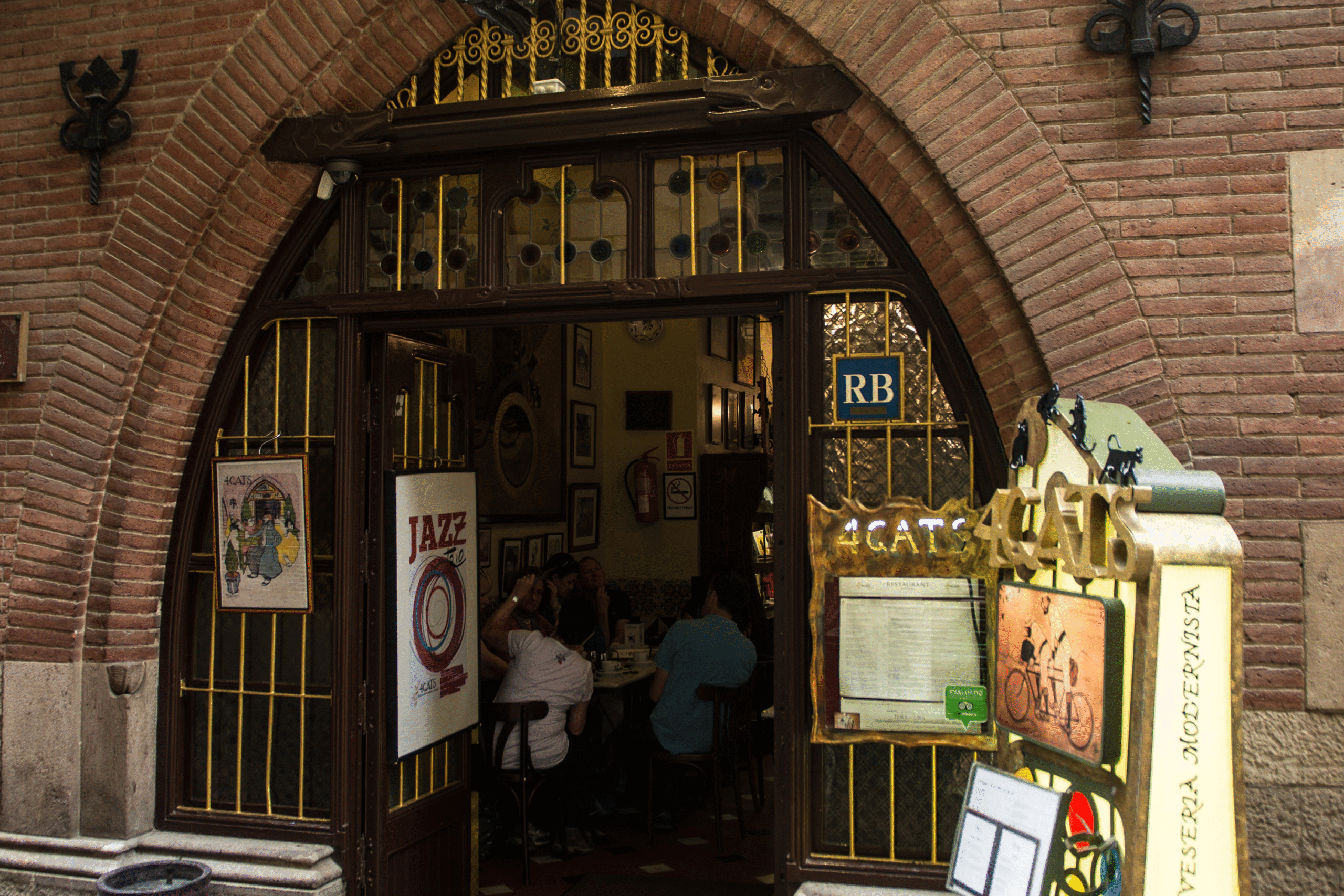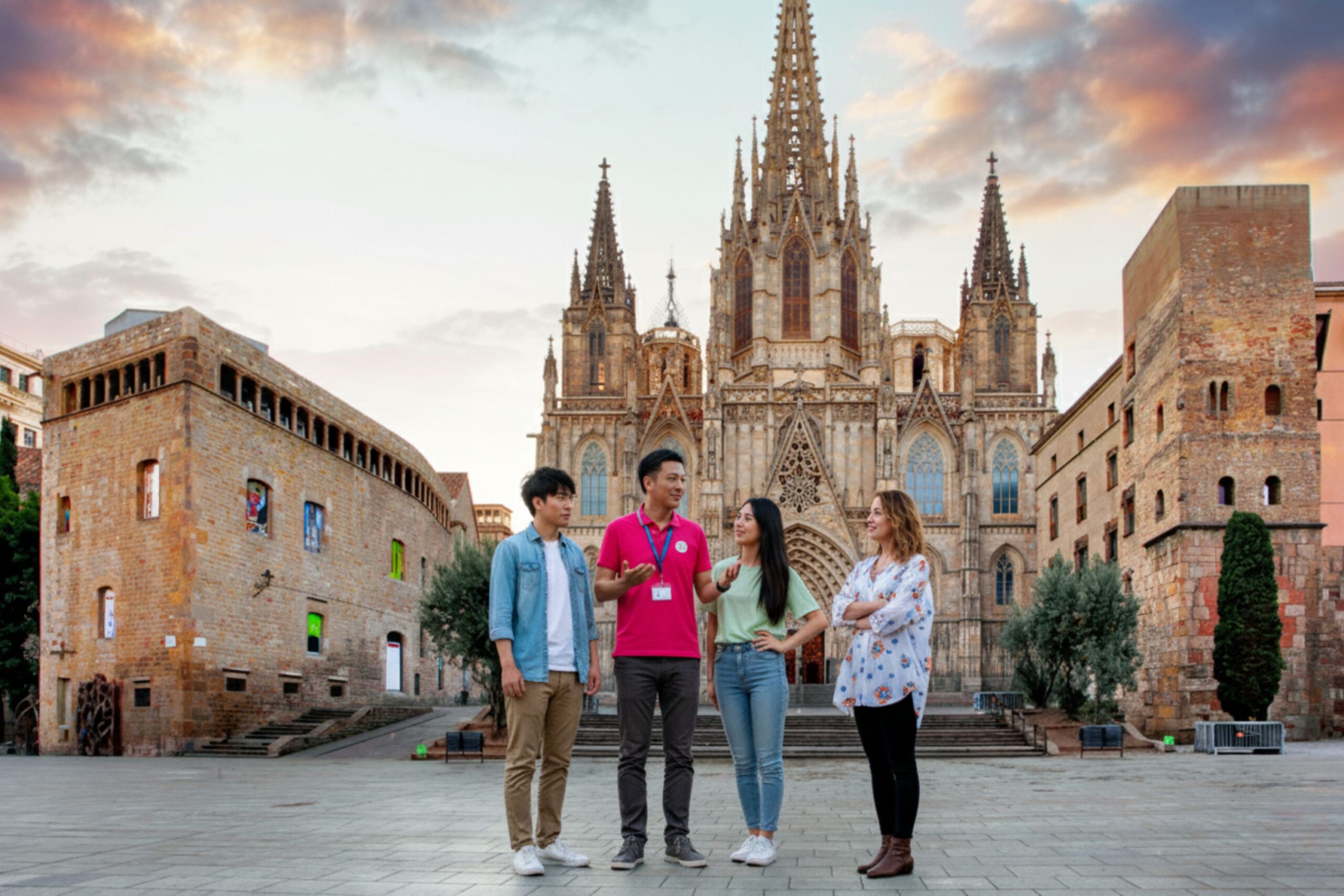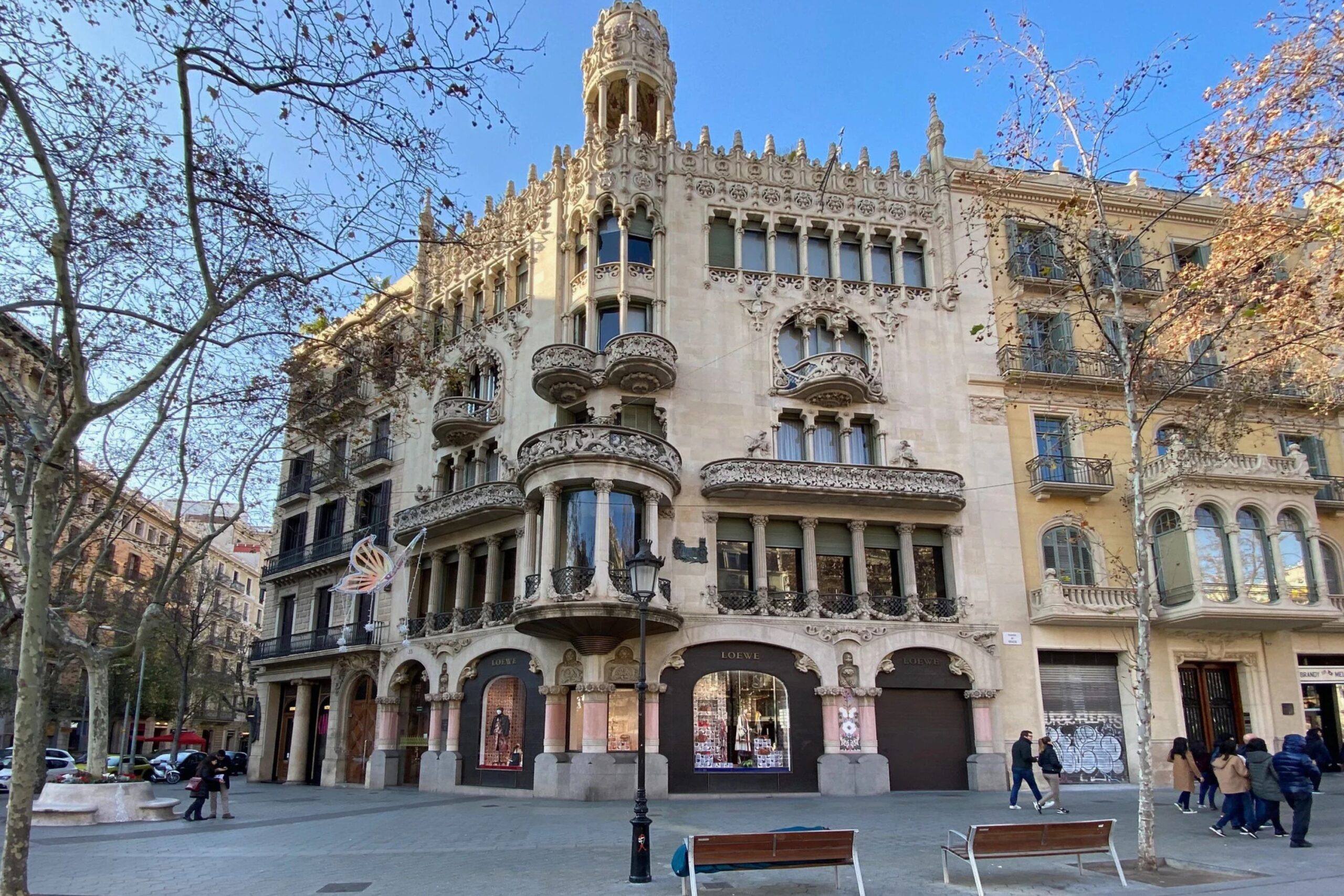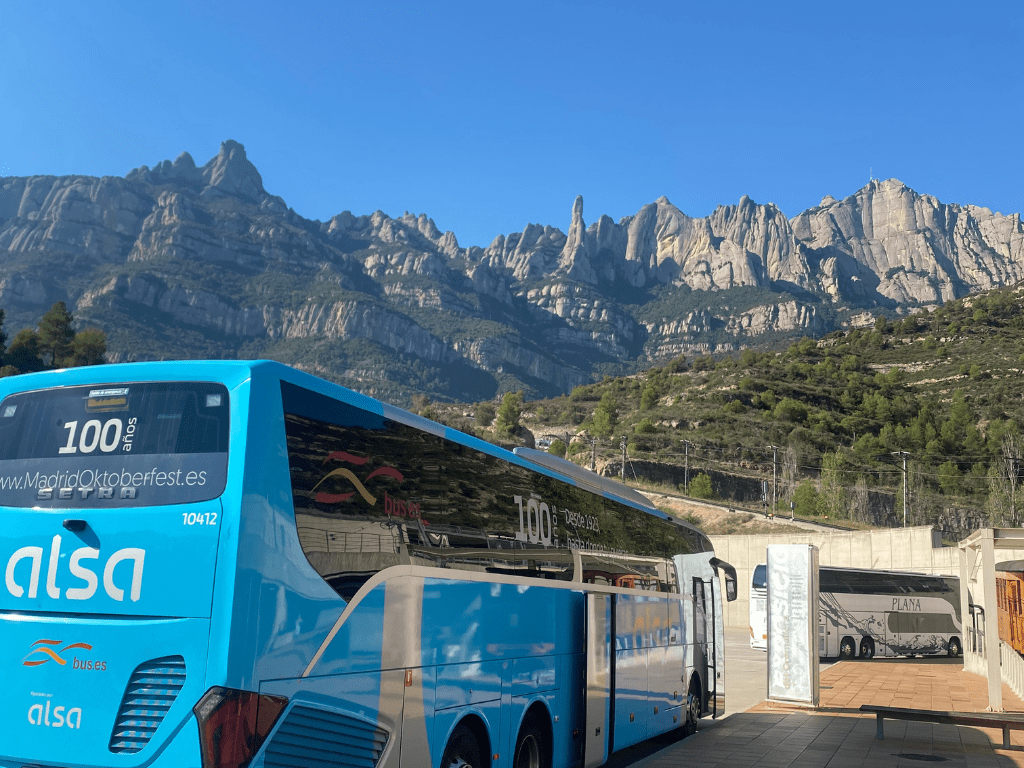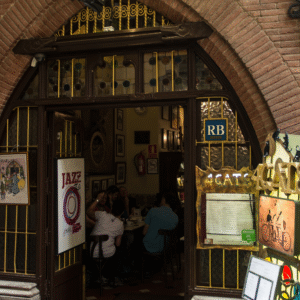
Casa Milà vs Casa Batlló vs Sagrada Familia: Gaudí’s Architectural Icons in Barcelona
Barcelona is a city blessed with architectural masterpieces, especially those by the legendary Antoni Gaudí. Among the most celebrated are Casa Milà, Casa Batlló, and the iconic Sagrada Familia. Each of these buildings is a unique testament to Gaudí’s creativity, capturing different aspects of his visionary genius. Let’s dive into a detailed comparison to understand what makes each one special, and then take a look at a few more of Gaudí’s other remarkable works.
Casa Milà: The Stone Lady
Casa Milà, commonly known as “La Pedrera” (The Stone Quarry), was completed between 1906 and 1912. Located on Passeig de Gràcia, its curving, organic facade makes it one of Gaudí’s most distinctive works.
-
 Barcelona: Casa Batlló29,00 €
Barcelona: Casa Batlló29,00 € -
 Barcelona: Explore La Pedrera Sunrise39,00 €
Barcelona: Explore La Pedrera Sunrise39,00 € -
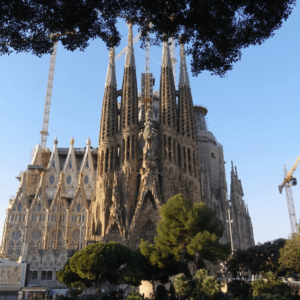 Sagrada Familia: Explore Without Queues33,80 €
Sagrada Familia: Explore Without Queues33,80 €
Key Features
- Flowing Facade: The undulating exterior of Casa Milà gives it a fluid, almost wave-like appearance. This flowing, stone “sea” breaks away from typical straight-line architecture.
- Sculptural Terraces: Each terrace is designed to integrate with the surrounding environment, offering a unique blend of art and function.
- Abstract Chimneys on the Rooftop: The rooftop hosts an impressive collection of chimneys that resemble abstract sculptures, each with its own style and personality.
Casa Milà is perfect for those who enjoy panoramic city views, expansive outdoor spaces, and the feeling of being part of an art installation.
Casa Batlló: Gaudí’s Dragon
Casa Batlló, built between 1904 and 1906, is known for its fantastical, scaly facade, earning it the nickname “The Dragon.” This architectural wonder is a prime example of Gaudí’s ability to combine natural inspiration with bold creativity.
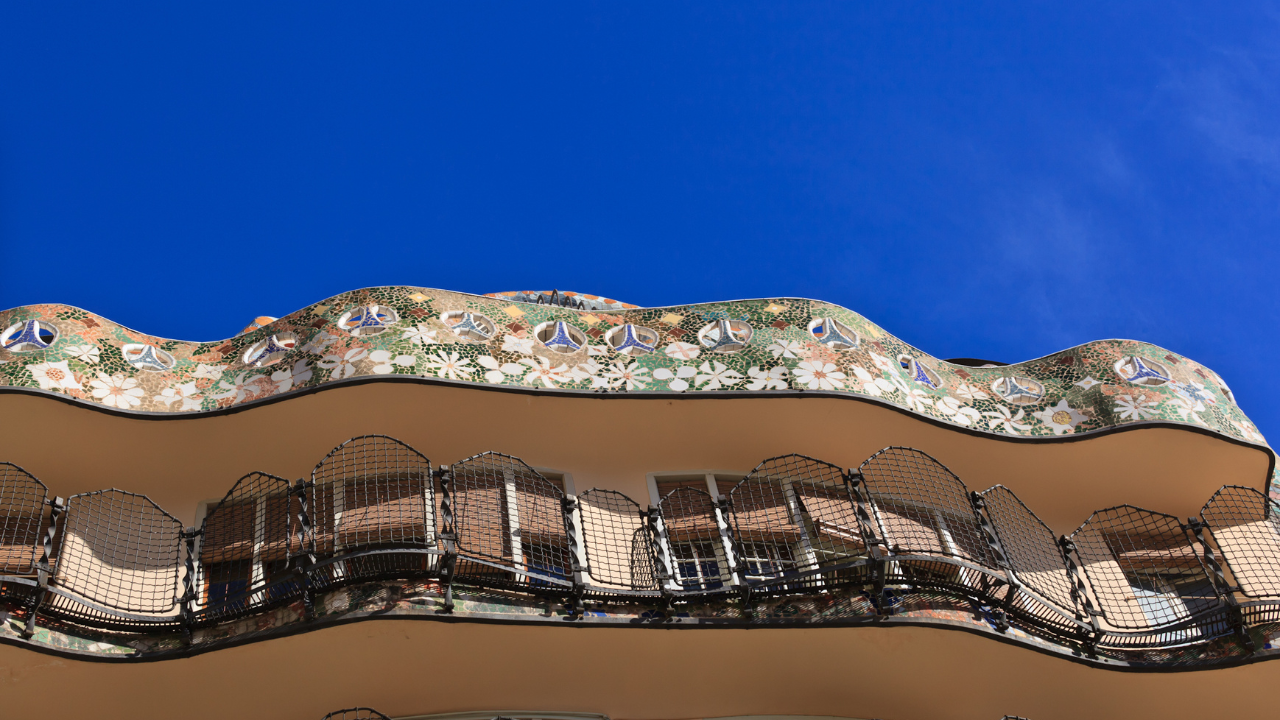
Key Features
- Organic and Ergonomic Design: Gaudí’s design for Casa Batlló emphasizes natural, flowing shapes in everything from windows to staircases.
- Dragon Scales and Eye-Shaped Windows: The facade is a striking arrangement of colorful tiles and uniquely shaped windows, creating the impression of a dragon lying in wait.
- Light-Filled Interior Patio: Gaudí incorporated a central patio to allow natural light to flow throughout the building, creating an inviting, magical atmosphere.
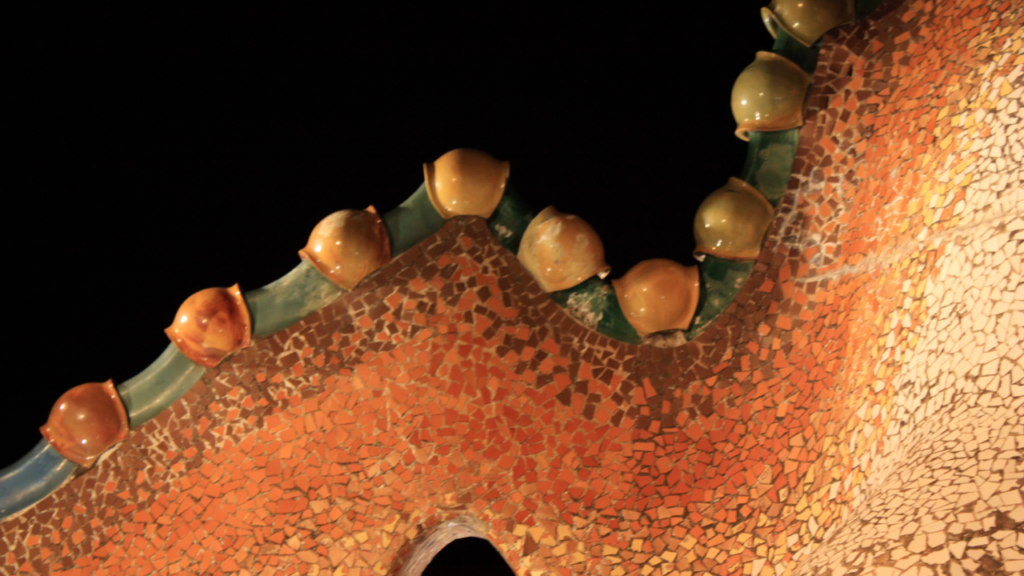
For those who love nature-inspired, whimsical designs and cozy, light-filled spaces, Casa Batlló is a must-visit.
Sagrada Familia: The Temple of Light and Shadow
The Sagrada Familia, Gaudí’s unfinished masterpiece, is the most iconic symbol of Barcelona. Construction began in 1882 and continues to this day, making it one of the longest ongoing architectural projects in history. When completed, it will be the tallest church in the world.

Key Features
- Stunning Facades: The Sagrada Familia’s three main facades—the Nativity, Passion, and Glory facades—each represent different stages of Christ’s life and are covered with intricate sculptures.
- Towering Spires: Once completed, the basilica will have 18 spires, representing the 12 apostles, four evangelists, the Virgin Mary, and Jesus Christ.
- Interior Inspired by Nature: The interior mimics a forest, with branching columns that soar toward the ceiling like tree trunks reaching for the sky, casting a play of light and shadow through stained glass.
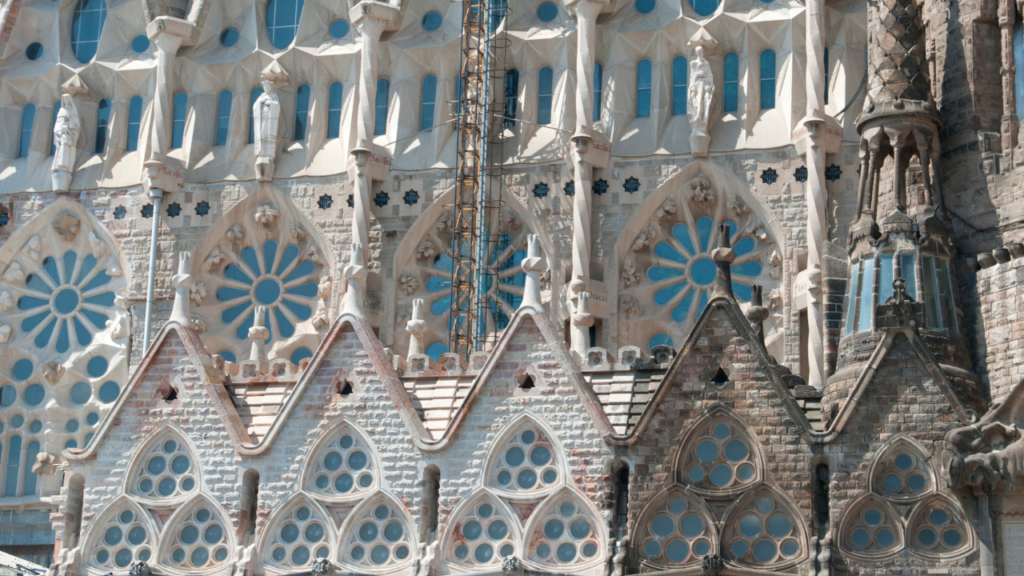
Sagrada Familia is the crown jewel of Gaudí’s work and is ideal for those drawn to grand, awe-inspiring religious architecture with deep symbolism.
Comparing Casa Milà, Casa Batlló, and Sagrada Familia
| Feature | Casa Milà | Casa Batlló | Sagrada Familia |
|---|---|---|---|
| Architectural Style | Flowing, sculptural modernism | Organic, nature-inspired | Religious modernism with Gothic influence |
| Main Attraction | Panoramic terraces, rooftop | Dragon-inspired facade, light patio | Towering spires, stained glass interiors |
| Audience | Art and design enthusiasts | Nature and fantasy lovers | Pilgrims, history and architecture lovers |
| Iconic Element | Abstract rooftop chimneys | Dragon scale facade, “dragon eye” windows | Towering spires, interior “forest” design |
| Completion Status | Complete | Complete | Ongoing, projected 2026 |
Gaudí’s Other Emblematic Buildings in Barcelona
While Casa Milà, Casa Batlló, and Sagrada Familia are Gaudí’s most famous works, there are several other incredible buildings by him throughout Barcelona that are equally worth a visit.
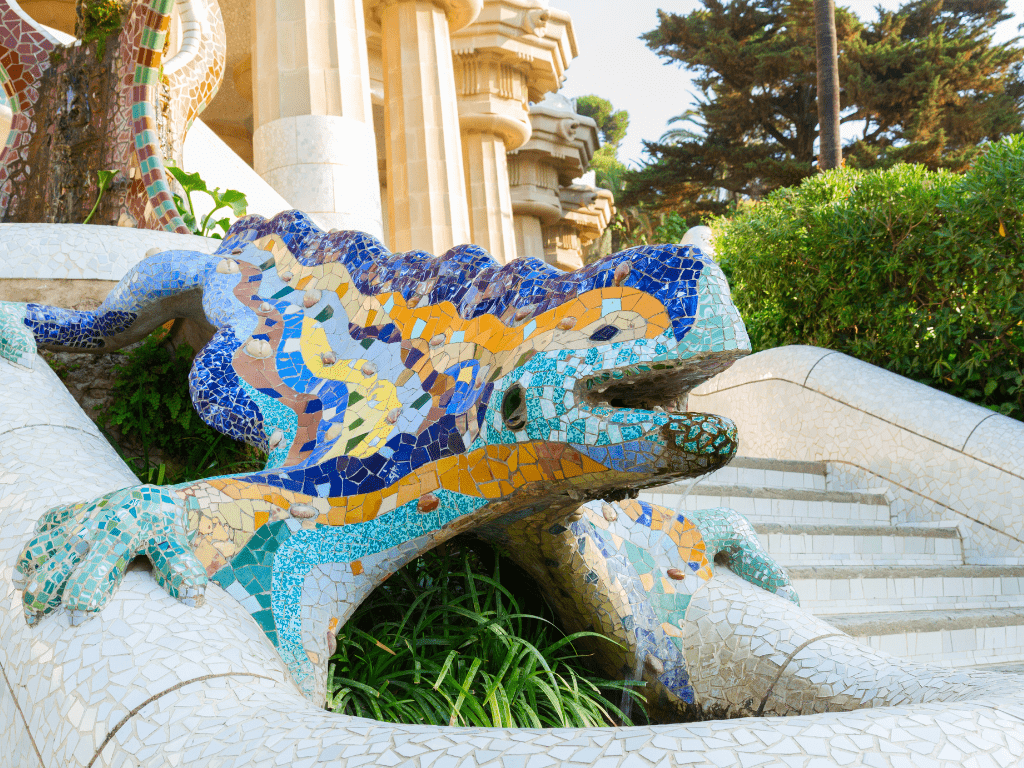
- Parc Güell
An expansive park filled with vibrant mosaics, curving benches, and unique structures, Parc Güell feels like stepping into Gaudí’s imagination. Its playful designs and natural inspiration make it a favorite for families and art lovers. - Palau Güell
This early work by Gaudí is a city palace with opulent details, showcasing his ability to blend functional design with artistic expression. It’s a less touristy option but offers an intimate view of Gaudí’s style. - Casa Vicens
Built as a private home, Casa Vicens is one of Gaudí’s first projects and combines Moorish, Gothic, and neoclassical elements. The building’s colorful facade and ornamental detailing show Gaudí’s evolving style. - Colònia Güell
Located outside Barcelona, this small chapel is a hidden gem and an experimental precursor to the Sagrada Familia. Gaudí’s use of unconventional shapes in this project was groundbreaking at the time. - Casa Calvet
A more traditional work by Gaudí, Casa Calvet still incorporates his signature organic shapes and attention to detail. It’s considered one of his most conservative designs but is a beautiful example of Catalan modernism.
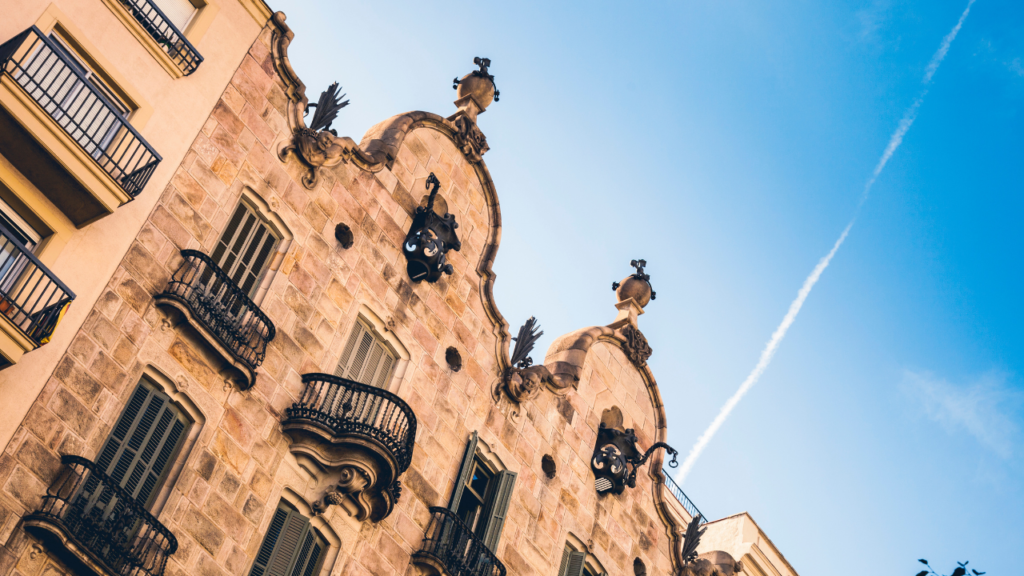
Final Thoughts
In the end, each of Gaudí’s buildings offers a unique experience. Casa Milà captivates with its sculptural rooftops and panoramic views, Casa Batlló enchants with its dragon-like facade and natural inspiration, and the Sagrada Familia awes with its towering spires and spiritual ambiance. Whether you’re an architecture aficionado, a lover of nature-inspired design, or in search of an awe-inspiring monument, exploring Gaudí’s works in Barcelona offers something for everyone.



